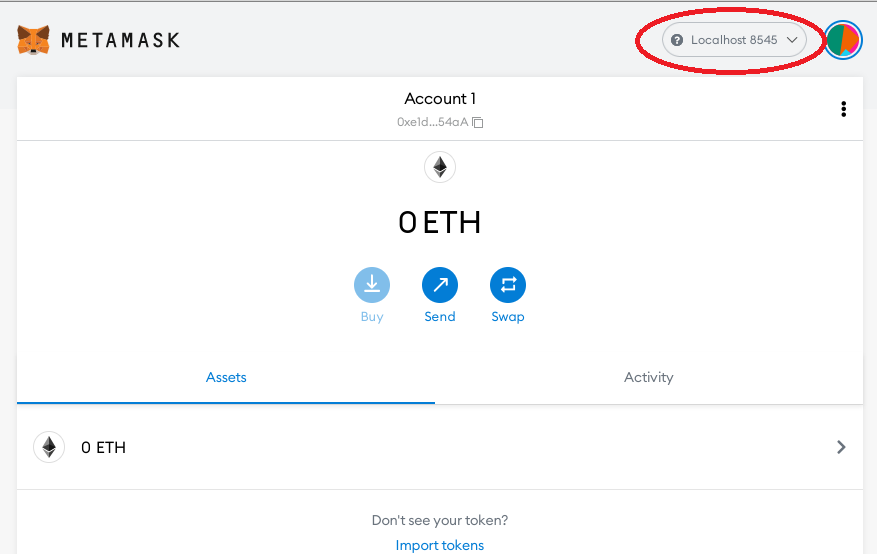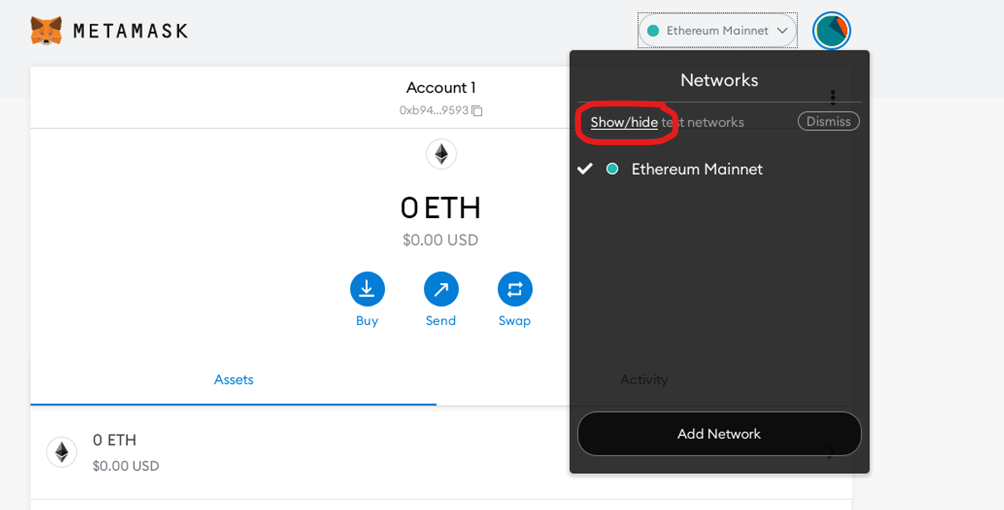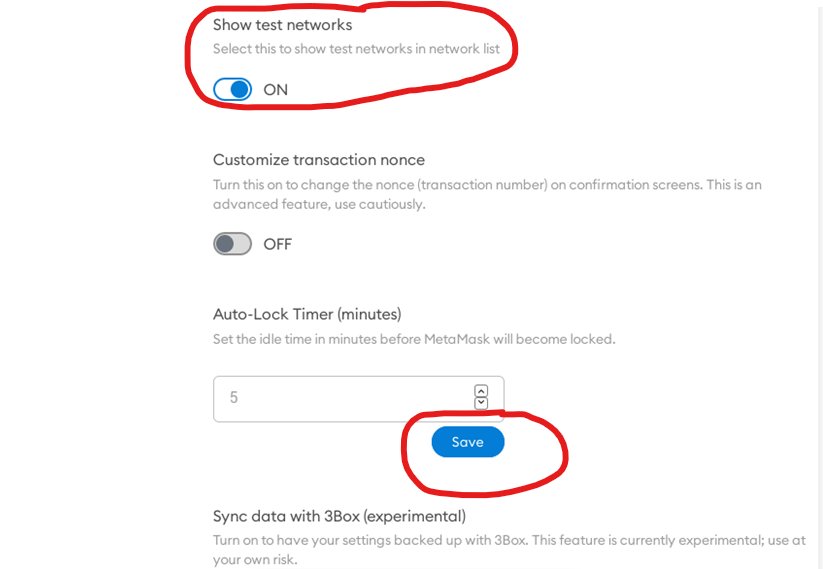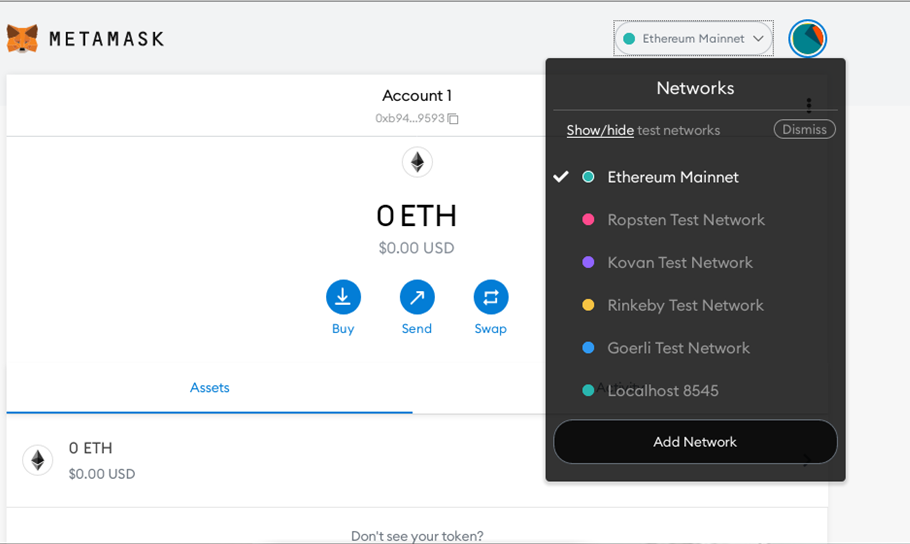This section describes how to launch and connect to Ethereum Full Node with PoS in a Google Compute environment using the available Cloud Launcher offering.

It will take you to the agreement page. On this page, you can change the project from the project selector on top navigator bar as shown in the below screenshot.
Accept the Terms and agreements by ticking the checkbox and clicking on the AGREE button.
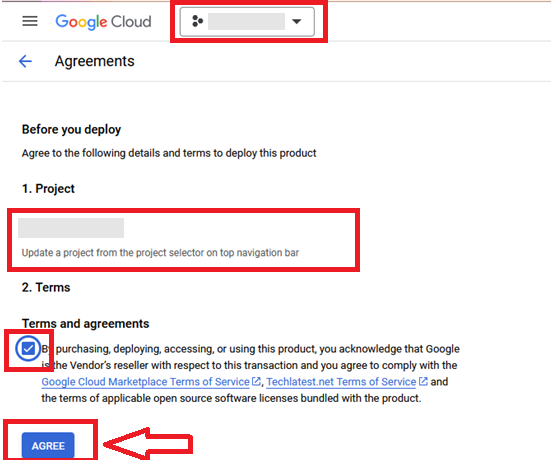
It will show you the successfully agreed popup page. Click on Deploy.
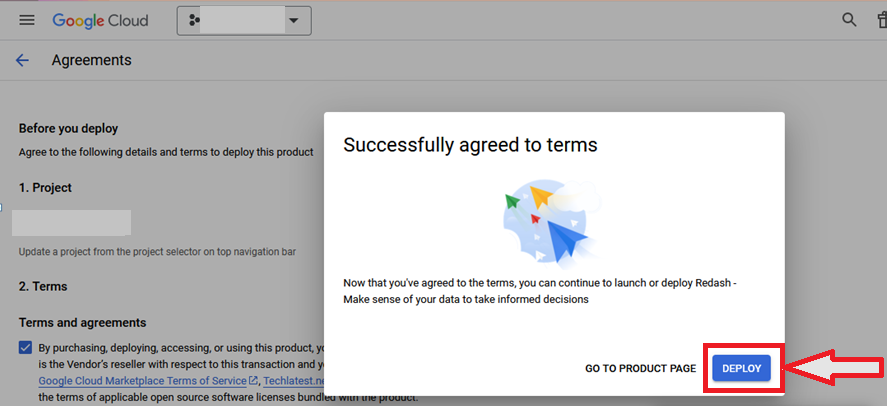
Select a zone where you want to launch the VM(such as us-east1-)
Optionally change the number of cores and amount of memory. ( This defaults to 2 vCPUs and 4 GB ram)
Optionally change the boot disk type and size. (This defaults to ‘Standard Persistent Disk’ and size 220 GB respectively. For zone, you must select us-central1-a . The VM can be deployed only in us-central1-a)
Optionally change the network name and subnetwork names. Be sure that whichever network you specify has ports 22 (for ssh) and 3389 (for RDP) exposed.
Click Deploy when you are done.
Ethereum Full Node with PoS will begin deploying.
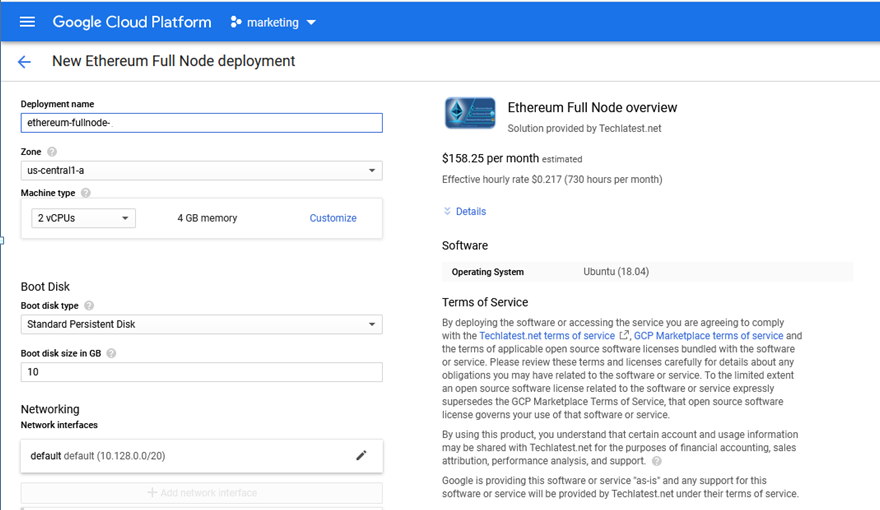
A summary page displays when the compute engine is successfully deployed. Click on the Instance link to go to the instance page .
On the instance page, click on the “SSH” button, select “Open in browser window”.
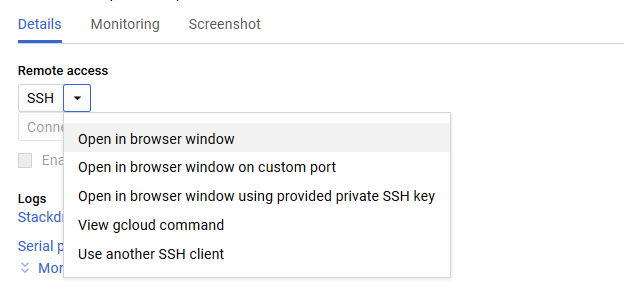
sudo passwd ubuntu

Now the password for ubuntu user is set, you can connect to the VM’s desktop environment from any local windows machine using RDP or linux machine using Remmina.
To connect using RDP via Windows machine, first note the external IP of the VM from VM details page as highlighted below

Then From your local windows machine, goto “start” menu, in the search box type and select “Remote desktop connection”
In the “Remote Desktop connection” wizard, paste the external ip and click connect

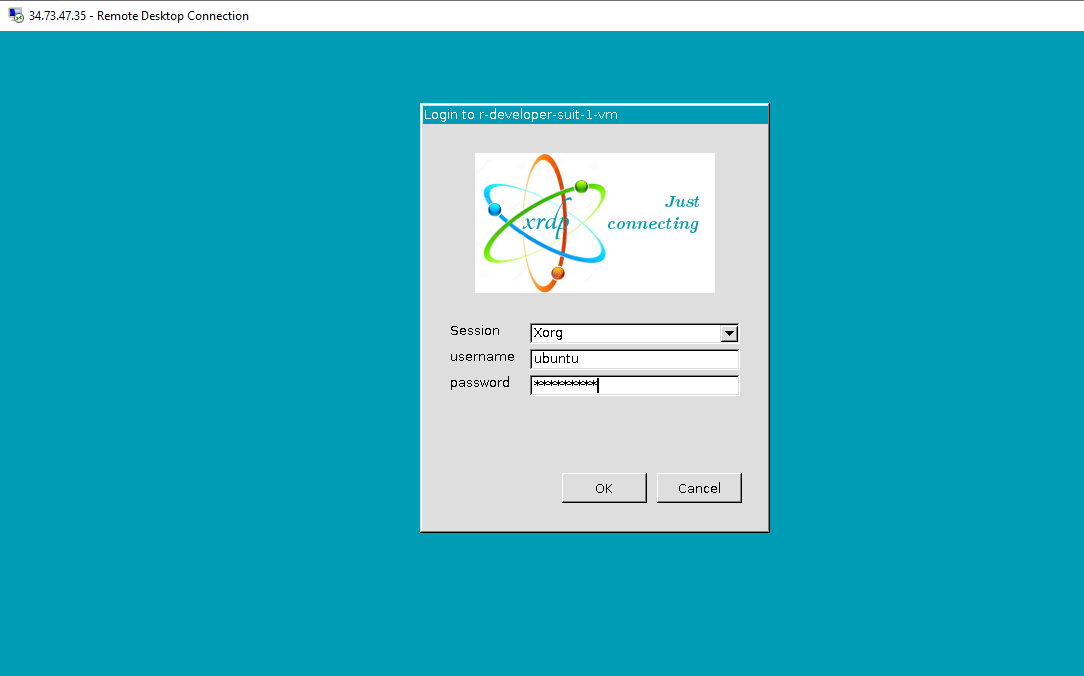
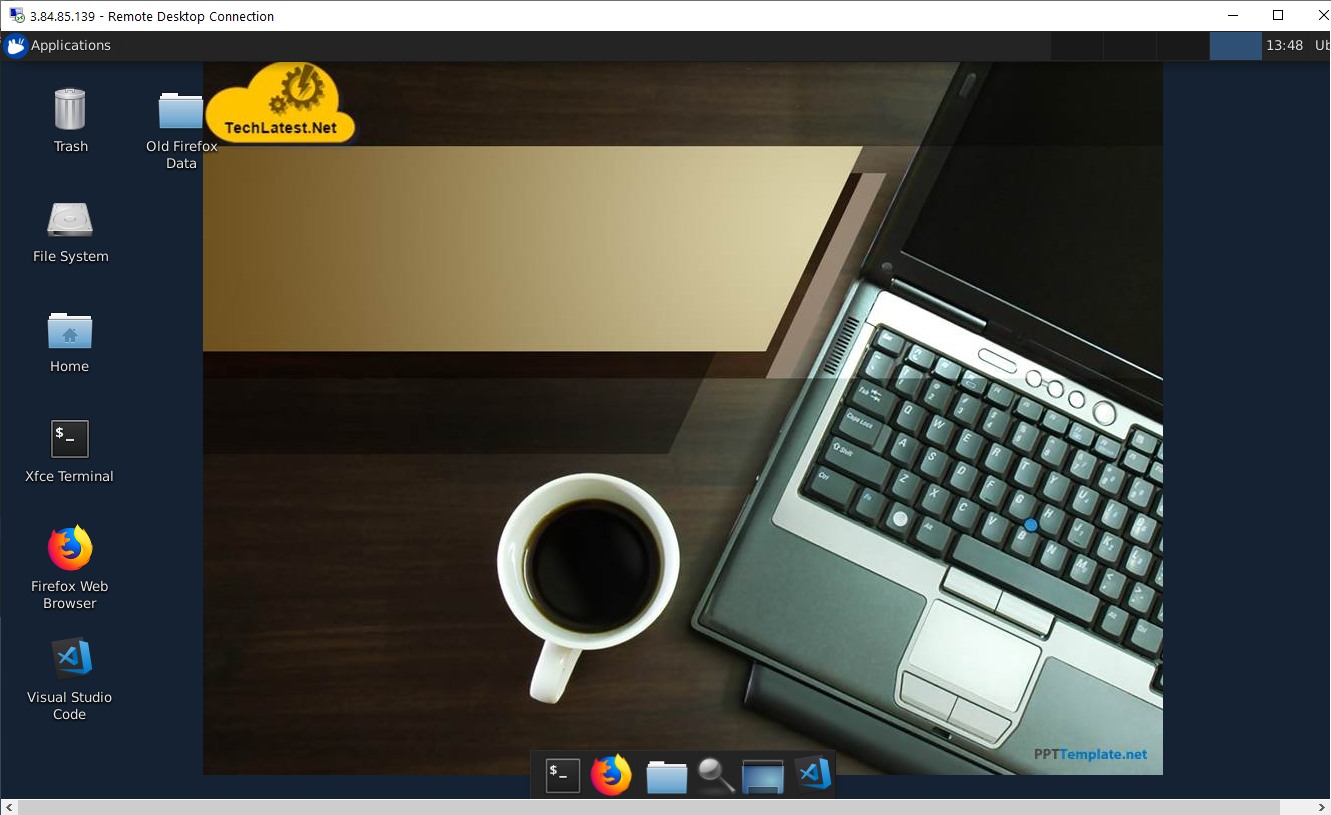
Note: If you don’t have Remmina installed on your Linux machine, firstInstall Remmina as per your linux distribution.
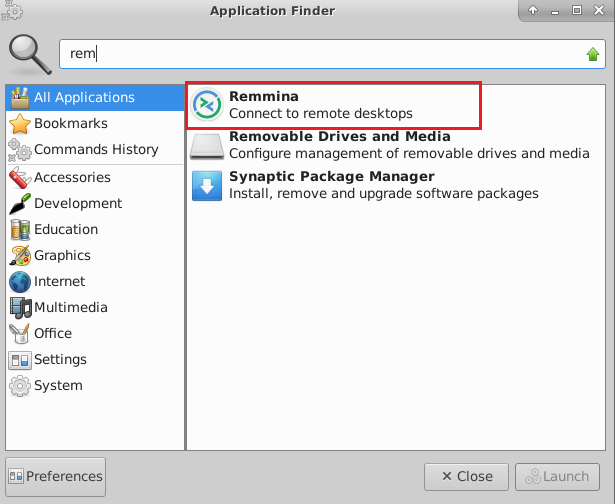 14. In the “Remmina Remote Desktop Client” wizard, select the RDP option from dropdown and paste the external ip and click enter.
14. In the “Remmina Remote Desktop Client” wizard, select the RDP option from dropdown and paste the external ip and click enter.
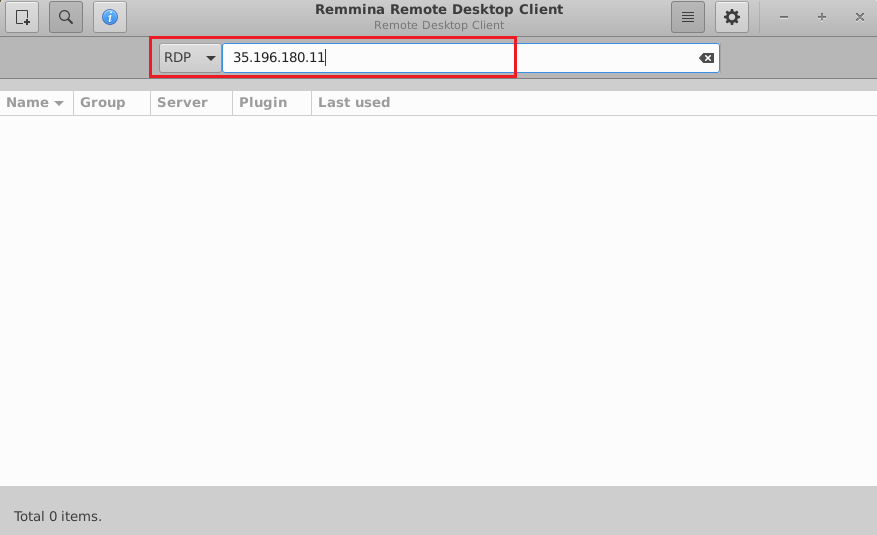 15. This will connect you to the VM’s desktop environment. Provide “ubuntu” as the userid and the password set in step 6 to authenticate. Click OK
15. This will connect you to the VM’s desktop environment. Provide “ubuntu” as the userid and the password set in step 6 to authenticate. Click OK
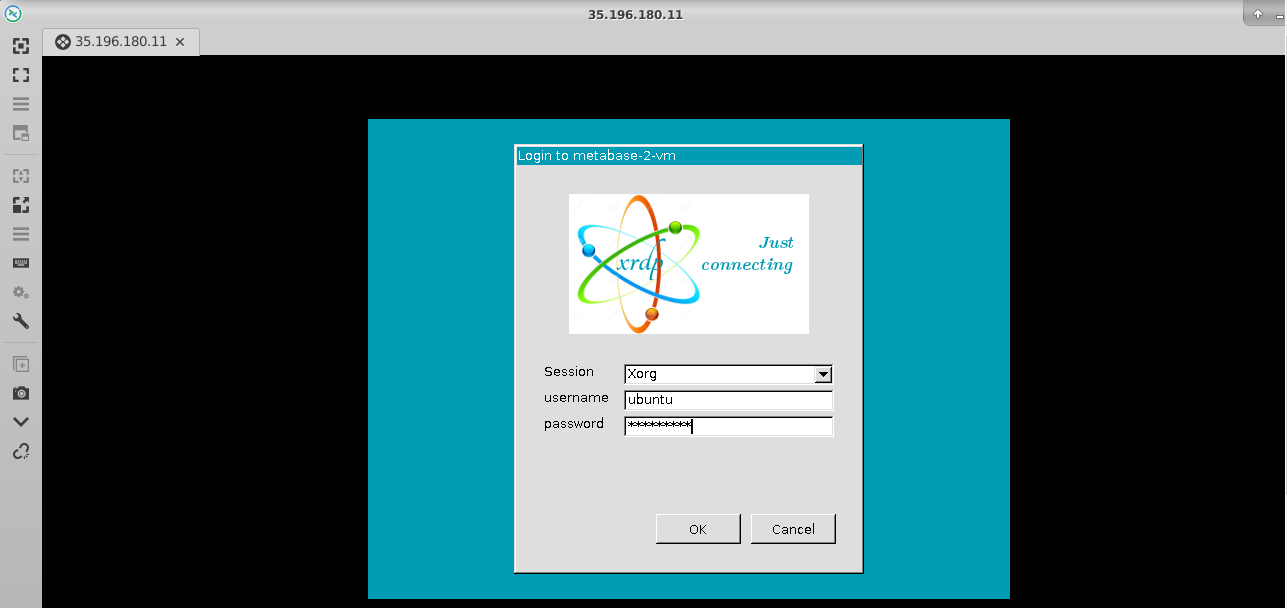 16. Now you are connected to out of box Ethereum Full Node with PoS environment via Linux machine.
16. Now you are connected to out of box Ethereum Full Node with PoS environment via Linux machine.

Ethereum home directory location is /home/ubuntu/ethereum
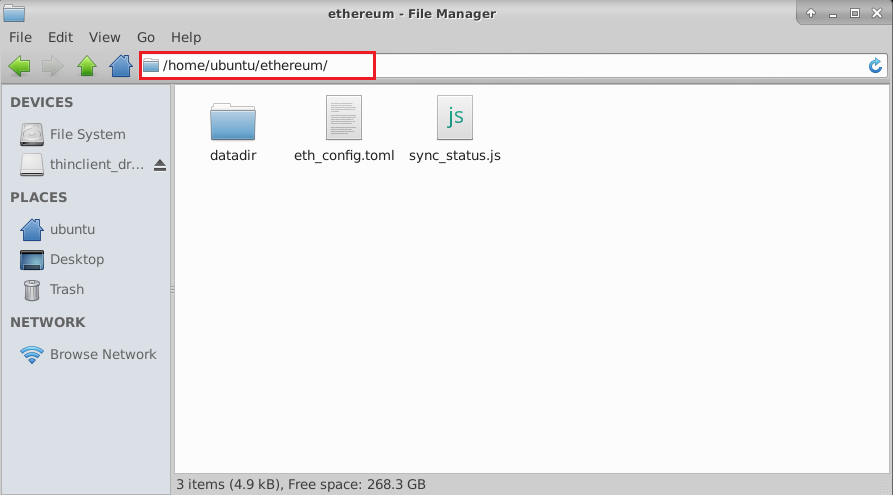
Data directory location is /home/ubuntu/ethereum/datadir
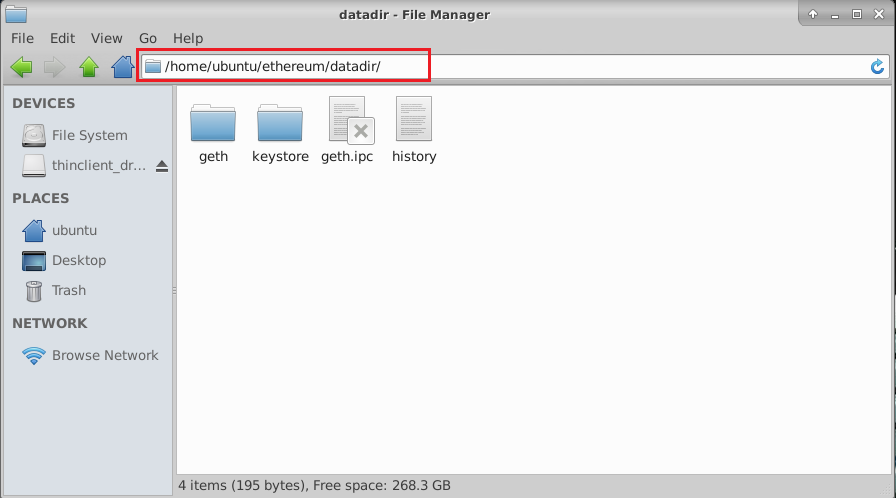
The VM automatically starts the sync process on startup. To verify if the sync is in progress, run below commands
ps -ef|grep geth
If sync is in progress, you will see the below highlighted process running

You can also verify the sync process by monitoring the sync log as shown below
tail -f /var/log/cloud-init-output.log

You can monitor the lighthouse logs by running -
Note: If you encounter JWT authorization error or connection refused error while running the below command, please follow Lighthouse Troubleshooting Guide. to fix them.
sudo journalctl -f -u lighthousebeacon.service -o cat | ccze -A
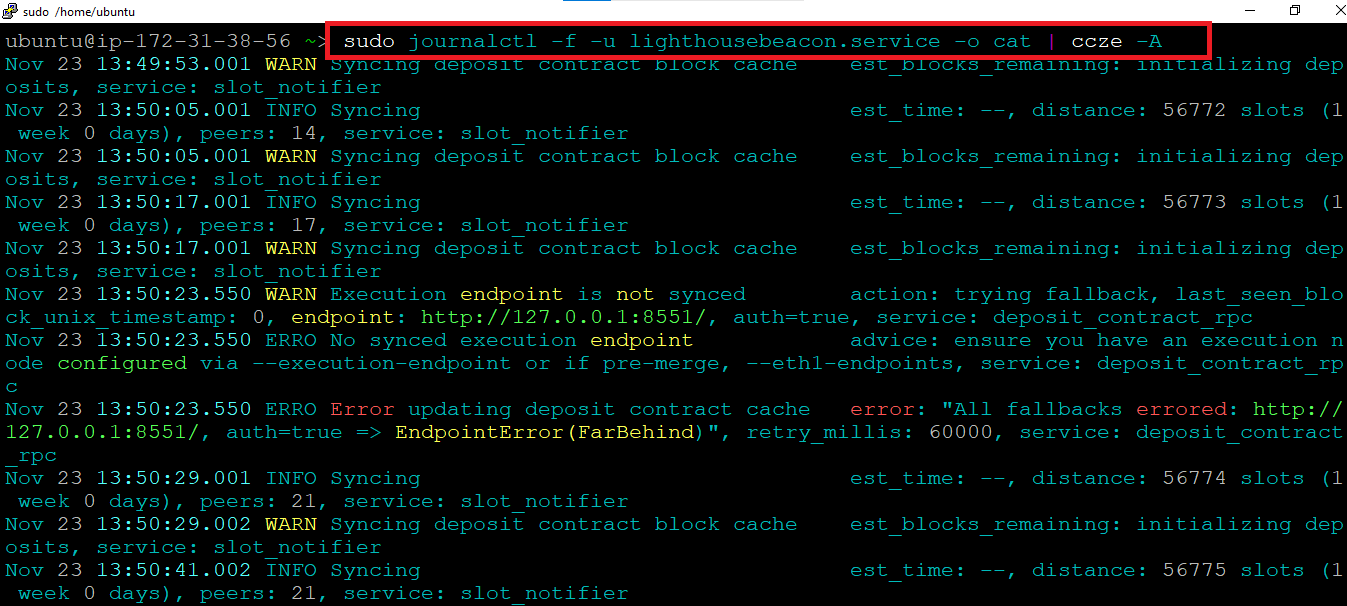
To stop the sync process, simply run below command :
sudo killall -HUP geth

To restart the sync process, run below command .
Note: Make sure below command is executed from terminal inside Remote desktop GUI to avoid process termination
sudo nohup geth --http --http.addr "0.0.0.0" --http.port "8545" --http.corsdomain "*" --config /home/ubuntu/ethereum/eth_config.toml >> /var/log/cloud-init-output.log 2>&1 &

You can track the sync progress by attaching to the running geth console and running the monitoring script as shown below . Note that if the progress is shown 99% then the node is mostly synced:
sudo geth attach --datadir /home/ubuntu/ethereum/datadir/
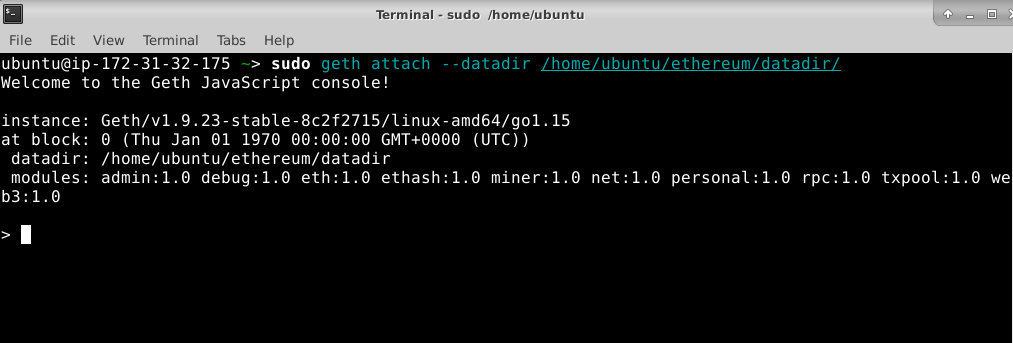
this will connect to the console, then run
loadScript("/home/ubuntu/ethereum/sync_status.js")
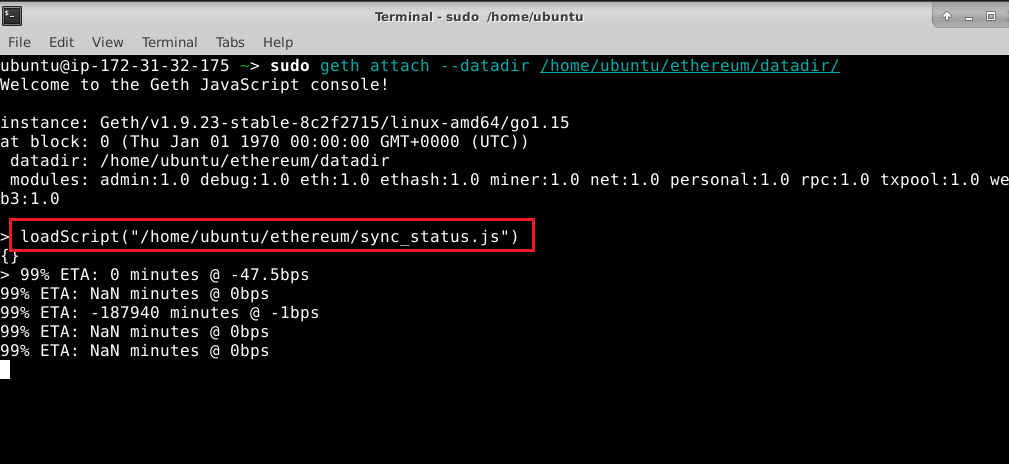
The VM comes with Metamask the most popular Ethereum wallet, preinstalled in Firefox browser.
Connect to the VM via Remote desktop, open the Firefox Browser and you will see metamask plugin in the browser

